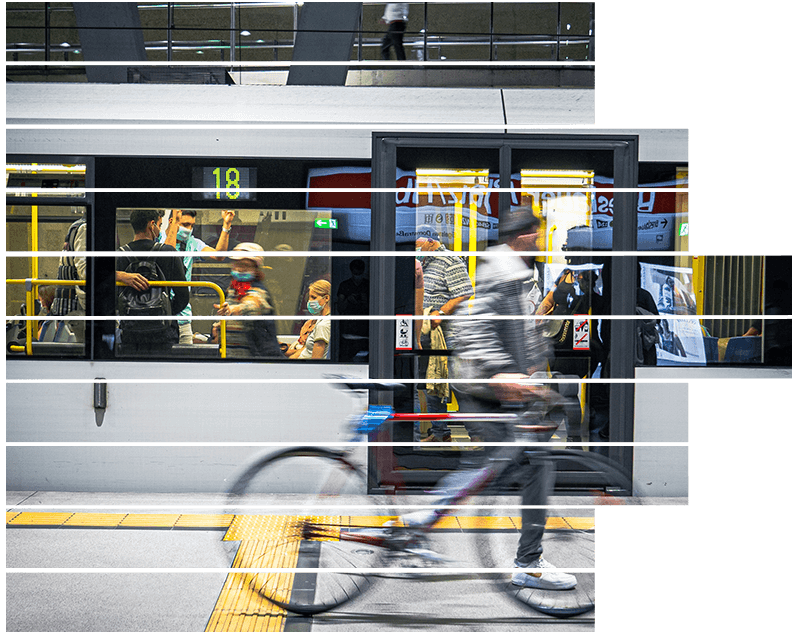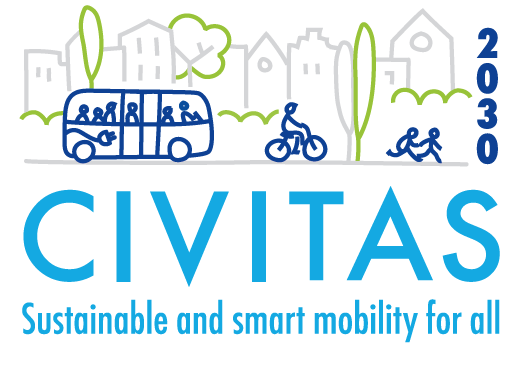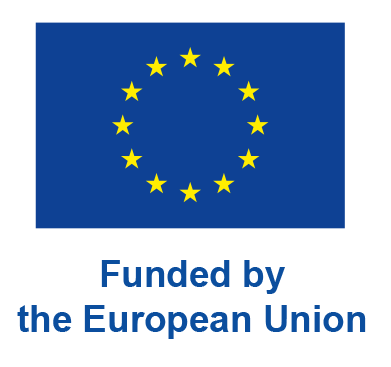
Transport accounts for 24% of CO2 emissions in the energy sector.
For this reason, it is needed the reduction of transport’s emissions, negative externalities and improve access to transportation so as to assure that “no person or place is left behind”…
What are the directives for SMART PUBLIC TRANSPORT INITIATIVES FOR CLIMATE-NEUTRAL CITIES IN EUROPE?

- The European Green Deal, Sustainable and Smart Mobility, and the New Urban Mobility Framework aim to reduce transport-related GHG emissions by 90% by 2050.
- Goal 11 of the UN SDGs promotes the access to “safe, affordable, accessible, and sustainable transport systems.”
- The “EU Missions: Climate-Neutral and Smart Cities” aim to deliver 100 climate-neutral and smart cities by 2030.
What is the crucial role of the Public Transportation (PT)?

The reinforcement, evolution, and resilience of urban public transportation (PT) is the only viable solution.
- PT increases accessibility and transport equity providing affordable access to activities.
- PT helps decrease CO2 emissions, accidents, congestion, and other urban transport externalities.
- PT systems occupy less public space for operation and parking than private automobiles, reducing noise pollution while maintaining a more “humane” speed level in dense urban environments.
- PT plays an important role in the economy by promoting territorial accessibility.
- PT systems are needs to be reinforced for being more reliable, comfortable, and even more friendly for specific vulnerable groups.
- The recent pandemic led more people to use their cars instead of PT, a shift that has not been recovered until now in most cities.




